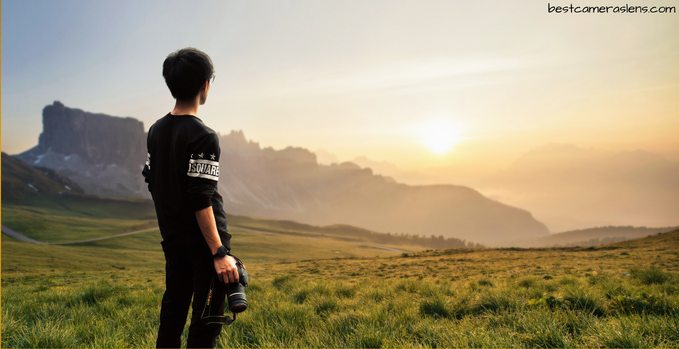There are many great cameras that are well-suited for landscape photography, and what is the best camera for landscape photography for you will depend on your specific needs and budget.
Landscape photography is a type of photography that involves capturing the natural beauty of the outdoors, including landscapes, seascapes, and cityscapes. It can be a challenging and rewarding form of photography, as it requires a strong eye for composition, an understanding of light and how it can be used to create mood and atmosphere, and the ability to anticipate and capture the right moment.
Here are a few tips for landscape photography:
- Choose the right time of day: The time of day can have a big impact on the mood and lighting of a landscape photograph. Early morning and late afternoon are often the best times to shoot, as the light is softer and warmer.
- Use a tripod: Landscape photography often requires long exposures to capture the detail and range of tones in the scene. A tripod will help to keep your camera steady and ensure that your images are sharp.
- Pay attention to the weather: The weather can have a big impact on the mood and atmosphere of a landscape photograph. Consider the direction of the light, the presence of clouds, and the overall weather conditions when planning your shoot.
- Experiment with different compositions: Try shooting from different angles and perspectives to find the one that best captures the mood and feeling of the scene. Don’t be afraid to get creative with your compositions and try out different focal lengths and viewpoints.
- Use a polarizing filter: A polarizing filter can help to reduce reflections and increase the saturation of colors in your landscape photographs. It can be particularly useful for shooting reflections in water or for reducing glare on leaves and other shiny surfaces.
I hope these tips are helpful! Let me know if you have any other questions about landscape photography.
Here are a few things to consider when choosing a camera for landscape photography:
Sensor Size
Larger sensors tend to produce higher-quality images, especially in low-light conditions. Full-frame sensors are generally considered the best for landscape photography, but there are also many great cameras with APS-C or even Micro Four Thirds sensors that can produce excellent results.
Resolution
Higher-resolution cameras can capture more detail and allow you to print larger prints or crop your images more aggressively. Many landscape photographers opt for cameras with at least 20-megapixel resolution.
Dynamic range
This refers to the range of tones that a camera can capture, from the darkest shadows to the brightest highlights. Landscape photography often involves scenes with a wide range of tones, so it’s important to have a camera with a good dynamic range.
Image Stabilization
Landscape photographs often require a tripod to get sharp images, but image stabilization can be helpful in certain situations.
Lens Options
The lens you use is just as important as the camera itself when it comes to landscape photography. Look for a camera that has a wide range of lens options, including wide-angle lenses for capturing sweeping landscapes and longer focal-length lenses for more intimate scenes.
Some popular cameras for landscape photography include the Canon EOS 5D Mark IV, the Nikon D850, the Sony Alpha a7R III, and the Fujifilm GFX 100. It’s worth noting that even entry-level cameras can produce great landscape images, so don’t feel like you need to spend a lot of money to get started in this genre.
What is the Best Camera Lens For Landscape Photography
There is no one “best” lens for landscape photography, as the ideal lens will depend on the specific needs and preferences of the photographer. Some common options for landscape photography include:
- Wide-angle lenses: These lenses have a short focal length and are great for capturing expansive scenes, such as sweeping vistas or large architecture. They can be particularly useful for capturing the entire scene in a single frame.
- Standard/normal lenses: These lenses have a focal length that is similar to the field of view of the human eye, and can be a good choice for capturing more detailed shots of landscapes.
- Telephoto lenses: These lenses have a long focal length, which allows you to zoom in on distant subjects and isolate specific elements within a scene. They can be useful for capturing close-up shots of specific details within a landscape, such as mountains or trees.
Ultimately, the best lens for landscape photography will depend on your personal style and the specific needs of your shot. It may be helpful to try out a few different lenses to see which one works best for you.
